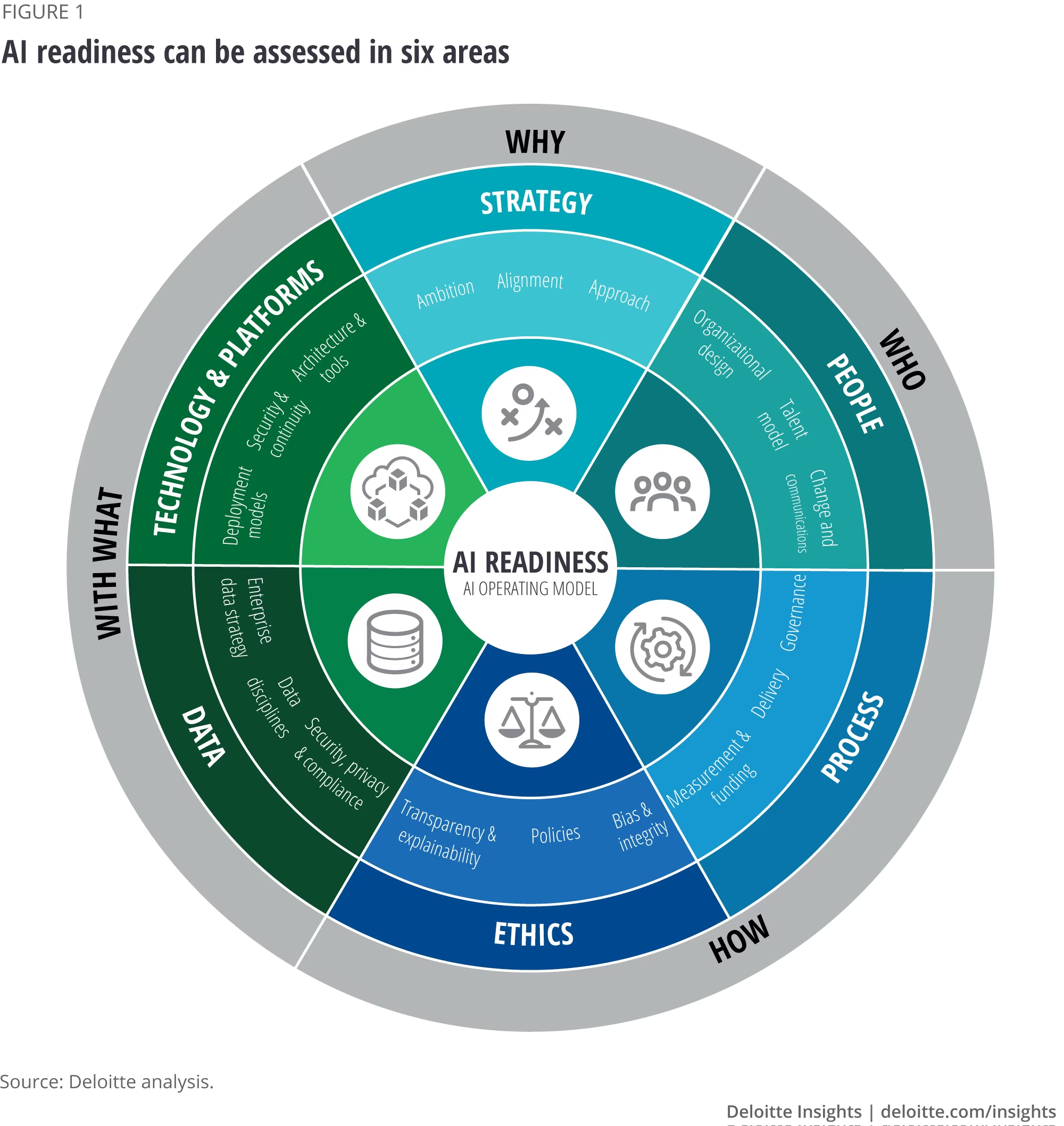
6 Enterprise Capabilities Critical for the Success of Digital and AI Transformation
How did the digital leaders accomplish this? By bringing business, technology, and operations more closely together to digitally innovate; by upskilling their organizations; and by building a distributed technology and data environment to empower hundreds if not thousands of teams to digitally innovate, day in, day out. This gets at the nub of why digital and AI transformations are so difficult—companies need to get a lot of things right.
Clearly, for digital and AI to deliver on their business transformation potential, the top team needs to be ready and willing to undertake the organizational “surgery” required to become a digitally capable enterprise. There are no quick fixes. You can’t simply implement a system or a technology and be done. Instead, success means having hundreds of technology-driven solutions (proprietary and off the shelf) working together that you continually improve to create great customer and employee experiences, lower unit costs, and generate value. But creating, managing, and evolving these solutions at enterprise scale requires a fundamental rewiring of how a company operates. That means getting thousands of people across different units of the organization working together and working differently to digitally innovate, constantly.
Alignment on Value
- Business-led digital roadmap: Align top leadership team on the vision, value and roadmap for the transformation; reimagine business domains to deliver outstanding customer experiences and to lower unit costs.
Delivery Capability
- Talent: Ensure that you have the right skills and capabilities to innovate and execute
- Operating Model: Increase the metabolic rate of the organisation by brining business, operations and technology together.
- Technology: Make technology easier for teams to use so they can innovate at pace.
- Data: Continually enrich data and make it easily accessible across the organisation to help improve the customer experience and business performance.
Change Management
- Adoption and Scaling: Maximise value capture by ensuring the adoption and enterprise scaling of digital solutions and by tightly managing the transformation progress and risks.
it’s worth highlighting two key findings. First, no digital and AI transformation can be successful without building a baseline of competence across all six capabilities. Second, these elements are interconnected and need to be managed that way: a good operating model, for example, can’t work without the right talent. Similarly, great technology won’t make much of an impact if users don’t adopt it.
Source: McKinsey
Image Source: Deloitte
#TransformPartner – Your #DigitalTransformation Consultancy

Comments